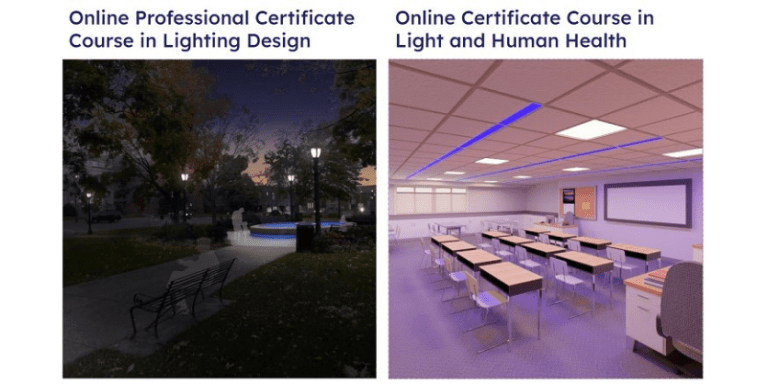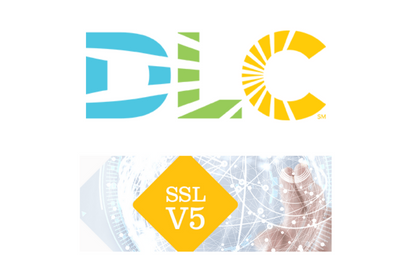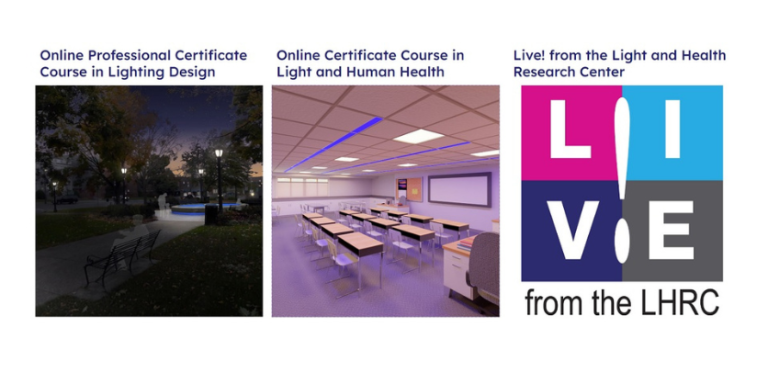Commercial Lighting Rebate Trends for 2023

Just when you think you’ve memorized all of the rebate programs for the states where you do business, a new year begins — and with that calendar change, some rebate programs end and others are tweaked.
BriteSwitch – which offers a comprehensive RebatePro database that maximizes available rebates for its customers – breaks down the latest trends in commercial lighting rebates for 2023.
Numbers Remain High
There is good news overall. According to BriteSwitch’s research, 78% of the country is offering commercial lighting rebate programs in 2023 — a number that keeps pace with the past few years and is just shy of the record (79%) in 2017.
“Looking across the country, we haven’t seen any dramatic change in areas discontinuing or starting new programs,” BriteSwitch reported, noting that the most robust programs are still in the Northeast and Northwest, while states such as Ohio, Kansas, and North Dakota offer no rebates.
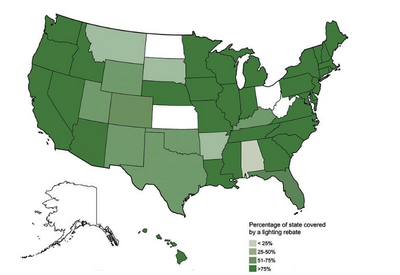
BriteSwitch’s article stated that the top three most populous states – California, Florida, and Texas – have some of the lowest rebate potential as the programs, citing “they are so restrictive that they offer little value for most projects.” For example, Florida Power & Light, which is the largest utility in Florida, limits its program to a handful of fixture types. In addition, those rebate amounts are very low; for example, the high-bay rebate is 10% of the national average.
What’s Changed in 2023
This year there is a big change for screw-in/general service lamps, the most significant of which is in response to the Energy Independence and Security Act (EISA). Phase 2 of the legislation will go into full effect in July and will increase the minimum efficacy requirement of many general service lamps – such as A19s and PARs – to 45 lumens per watt. That significantly alters the marketplace and has created two big changes with rebate programs.
With these new changes looming, programs are pushing hard to complete projects using A19s and PARs during the first half of 2023. Many of these programs are offering bonuses or increased dollar amounts in an effort to capture the savings before they expire. With this increased push, the average rebate for a screw-in/incandescent replacement lamp shot up 71% from last year to $7.66 per lamp. Projects at hotels, multi-family buildings, restaurants, and other businesses that often use these lights should plan on completing their projects while the higher funds are still available.
For the second half of 2023, BriteSwitch notes that many programs have announced they’ll be discontinuing the rebates for general service lamps: “It should be noted that EISA does not explicitly prohibit rebates for these products; however, it does mean that inefficient lighting will no longer be available for sale starting in July. Therefore, many programs question if customers still need to be motivated to make the switch.”
Also, since the new baseline wattage will be much lower, the utility can claim less savings. For example, when measuring program effectiveness before EISA, a program could say a 60W A19 was replaced by an 11W LED, resulting in 49W savings. However, under the new guidelines, a 60W equivalent A19 (800 lumens) would have to be at most 17.8W. Therefore, if a customer installs an 11W LED, the program can now only claim 6.8W savings.
Rebate Amounts Stay Relatively Flat Across All Other Categories
For most other lighting types, BriteSwitch finds the 2023 incentive amounts have stayed relatively consistent year-over-year. “It’s the third year the rebates have remained stable, bucking the historical trend of a 10-20% decline each year. In 2021 and 2022, we attributed this stability to the pandemic and the need to get more projects. This year, the motivating factor is likely due to increased LED costs and inflation,” the article states.
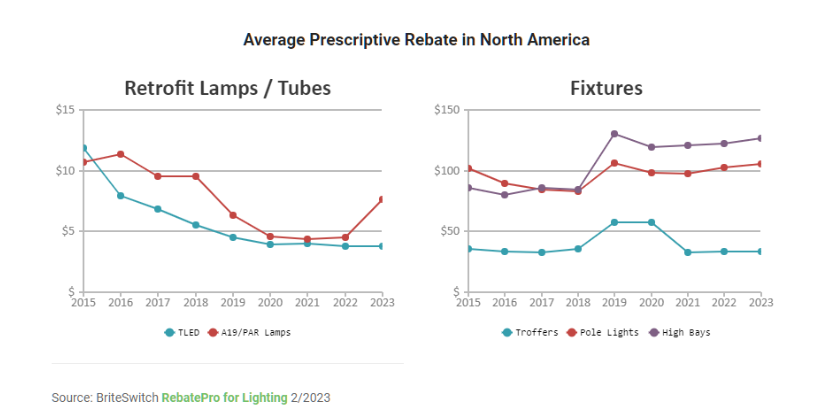
The product categories with the highest dollar amounts are typically the lighting fixtures that offer the most energy savings, such as high bay fixtures and pole lights. These fixtures have historically had the highest rebates, and the 2023 amounts are on par with their record-high levels.
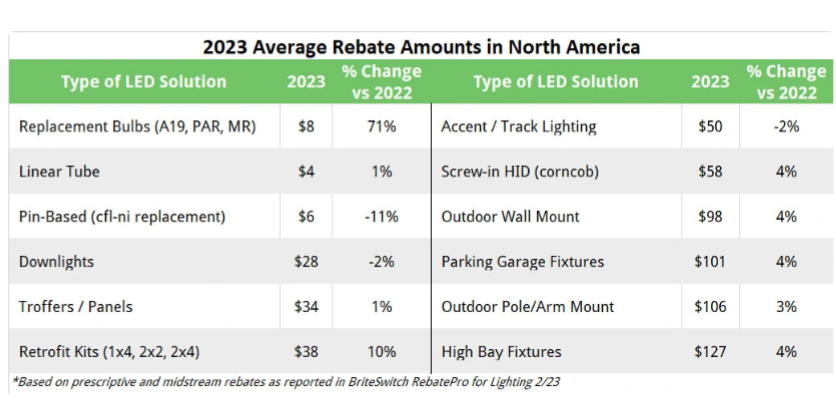
Rebates for lighting controls also remain consistent over the previous year. For basic controls, like wall and remote-mount occupancy sensors, the rebates still cover a good portion of the cost, making it a great add-on to most energy-efficiency projects.
More advanced controls, like Networked Lighting Controls (NLC), have also stayed flat for 2023 in terms of geographic availability and dollar amount. “This trend is surprising since the rebates for this category saw a good amount of growth in 2022,” BriteSwitch reports, adding, “Programs still seem to be struggling with how to explain the benefit of NLC to customers in a quantifiable way.”

Programs Are Getting Harder to Use
A concerning trend in rebate programs that BriteSwitch has noticed is that they are getting harder to use. “Many of the incentive programs have shifted to online portals in an effort to cut costs and streamline work on their end. Those portals are usually poorly developed, full of glitches and slow down the application process. The time spent per application increases significantly for the person entering the information,” observes BriteSwitch, which adds that a simple pre-approval application with just one line item can easily take up to 20 minutes now, a significant change from the days of paper or PDF applications.
In addition, as programs streamlined their applications, they’ve also cut staff, making it increasingly hard to connect to a person. When there is a problem with a project or an application, reaching someone typically involves calling a general call center where an assistant with no knowledge of lighting or the rebate program writes down your contact information and passes it to the utility’s staff, who can take up to a week to get back to you.
These issues make the rebate process, which was already cumbersome, even worse. As a result, BriteSwitch advises people to budget enough time to complete all of the steps in the process and to have a project management system in place for tracking each rebate application.
2023 Is a Strong Year for Commercial Lighting Rebates
Despite the filing challenges, 2023 appears to be a healthy one for commercial lighting rebate programs, as they are still a valuable tool for making projects more affordable and improving the payback period of a project. With most of the country offering a rebate program, BriteSwitch advises researching available rebates for every project you do.


